●
●
●
●
●
●
●
●
●
●
●
●
Reboot and Reset the Wireless Access Point
to Factory Default Settings
Objective
Rebooting or restarting the Wireless Access Point (WAP) deletes the logs stored in the
volatile memory. This process is performed when certain changes in the settings need a
reboot or if the WAP is not responding or booting up properly. Resetting the WAP to factory
default settings, on the other hand, erases all configurations that have been set by the user,
and restores the device to its original settings. A reset is recommended if most of the WAP
settings need to be reconfigured.
This article aims to show you how to reboot and reset your WAP to factory default settings.
Applicable Devices
WAP100 Series
WAP300 Series
WAP500 Series
Software Version
1.0.6.5 - WAP121, WAP321
1.0.2.8 - WAP131, WAP351
1.0.1.7 - WAP150, WAP361
1.3.0.3 - WAP371
1.2.1.3 - WAP551, WAP561
1.0.0.17 - WAP571, WAP571E
Reboot the Wireless Access Point
There are two ways to reboot the WAP:
Hardware reboot
Reboot through the web-based utility
Note: Images may vary depending on the exact model of your WAP. The images below are
taken from the WAP321.
Hardware Reboot
You have two ways to reboot the device hardware:
Turn the device off by pressing the POWER button while the device is connected to the
power outlet.
Note: The POWER button only works if the device is using a power adapter. If power is
supplied through Power over Ethernet (PoE), unplug your Ethernet connection for three
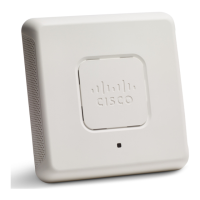
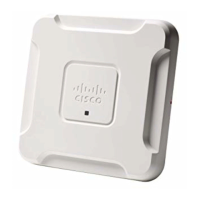

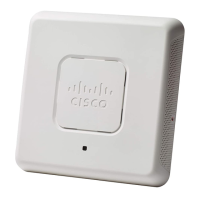
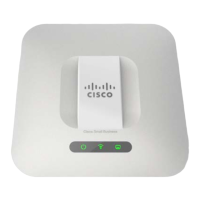
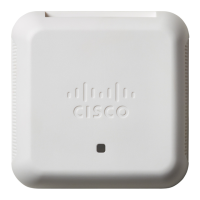
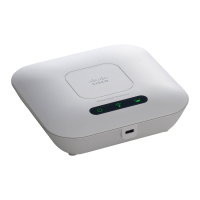
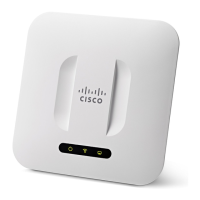
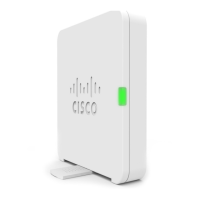
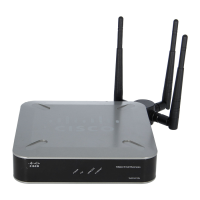
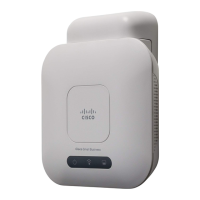
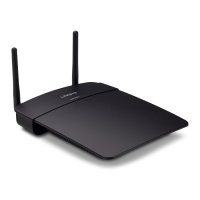
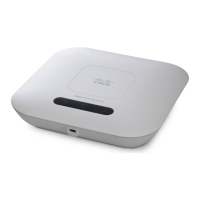
